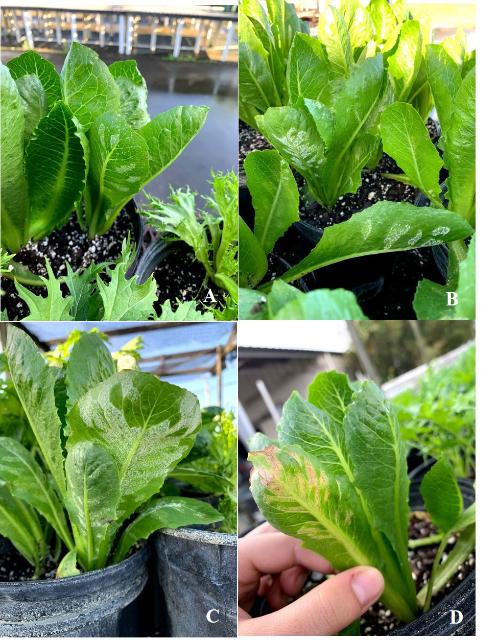Lettuce downy mildew disease has been discovered for the first time this season in the Everglades Agricultural Area by Glades Crop Care scouts.

As environmental conditions are favorable for the disease’s development, fungicide applications should begin at about the 1- or 2-leaf stage and continue through the crop’s lifespan. Applications must be made prior to infection if adequate control is to be maintained.
Downy mildew is extremely difficult to maintain at non-economic levels once an outbreak occurs, due to the susceptibility of Florida cultivars. Prevention and early detection are extremely important. Lettuce producers need to communicate freely with each other and with Extension personnel and consultants in the area since the disease can cover long distances in a short period of time.
Since labels and recommendations change frequently, growers should consult University of Florida Institute of Food and Agricultural Sciences (UF/IFAS) recommendations for currently labeled fungicides for downy mildew control in Florida.
Head, leaf and cos lettuce are all susceptible to the disease. Making matters worse, downy mildew has the potential to infect any growth stage of the plant, from seedling to maturity.
If growers or consultants are scouting fields, they should look for symptoms that appear initially as chlorotic yellow spots on the upper leaf surface. A white cottony-like fungal growth indicative of sporulation may be seen on the lower leaf surface under favorable conditions. During the early stages, leaf spots are often delineated by the veins of the leaf, giving an angular appearance. Lesions become increasingly chlorotic and eventually turn brown. Although downy mildew is most severe on the older outer leaves, the disease may become systemic over time, infecting heads internally. Lesions may also provide an entry point for secondary fungi such as Botrytis.
Source: UF/IFAS









